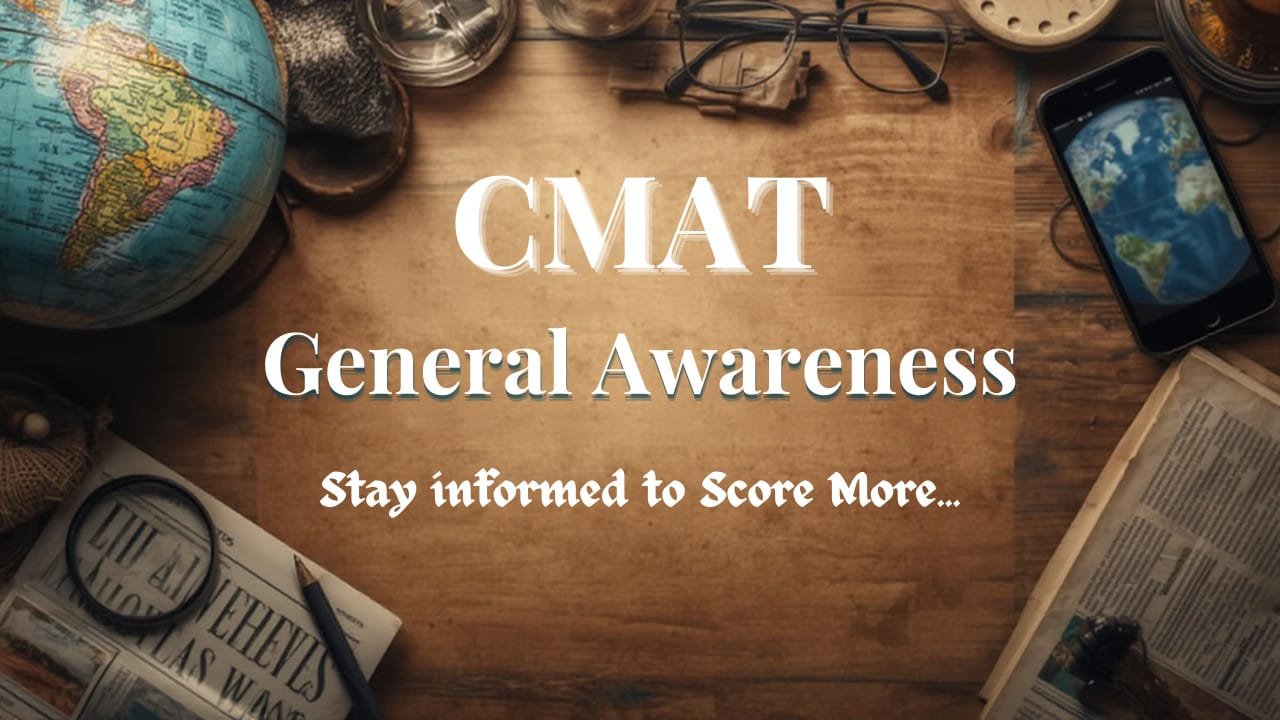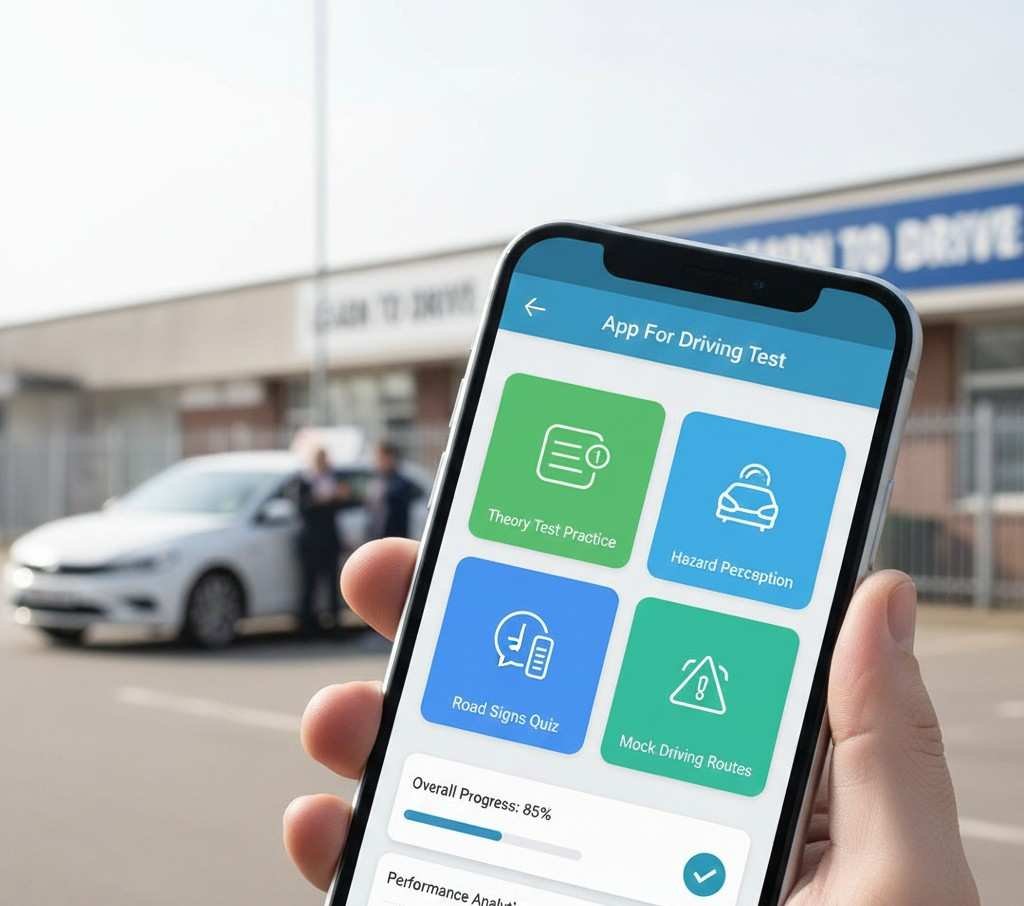Introduction
Do you know that approximately 24% of the internet bandwidth is utilized for the unauthorized downloading and uploading of copyrighted material online?
This includes a significant amount of e-learning video content.
Sadly, piracy continues to grow as individuals involved in piracy constantly discover new and innovative methods to download and share copyrighted content unlawfully.
Park Associates, a market research firm, has highlighted that the revenue loss attributed to video piracy was estimated to have surpassed $61 billion in 2020. As we move into 2023, the projected revenue loss is anticipated to reach approximately $113 billion.
Given these alarming statistics, it is crucial to address the issue of protecting e-learning videos from unauthorized distribution.
What Is The Significance Of Security In An Educational Video Platform?
In the last ten years, the expansion of eLearning has been remarkable, attracting millions of students and learners globally who rely on diverse eLearning platforms to gain knowledge and develop skills.
Nonetheless, as the popularity of these platforms increases, there arises a pressing requirement for security measures to safeguard users and their information. It is imperative to understand the significance of security for an eLearning platform and recognize the advantages that come with the implementation of strong security measures.
1. Protecting Sensitive Data
In eLearning platforms, it is essential to prioritize the protection of sensitive information. These platforms typically collect and store personal data, including names, addresses, email addresses, educational records, and payment information.
This valuable data becomes a prime target for hackers and cybercriminals who may exploit it for malicious purposes such as identity theft, fraud, or extortion. By implementing robust security measures like encryption, firewalls, and access controls, eLearning platforms can effectively safeguard sensitive information from unauthorized access.
2. Maintaining User Trust
Users place great importance on protecting their information and overall safety while using eLearning platforms. Any occurrence of data breaches or cyber-attacks can severely damage trust and reputation. Furthermore, these incidents can result in legal ramifications and financial setbacks in the form of regulatory fines.
By implementing robust security measures, eLearning platforms can maintain user trust, safeguard their reputation, and mitigate the potential fallout from security breaches.
3. Preventing Cheating and Fraud
Maintaining the integrity of online assessments and exams is essential to uphold the credibility of eLearning platforms. Cheating and fraudulent activities pose a significant threat, compromising the accuracy of results and undermining the quality of education provided. To address these challenges, implementing robust security measures like user authentication, proctoring, and plagiarism detection is crucial.
4. Adhering to Regulatory Requirements
eLearning platforms must prioritize compliance with data protection laws, such as the General Data Protection Regulation (GDPR), tailored to their geographical location and user demographics. Non-compliance with these regulatory obligations can result in legal ramifications and impose penalties.
By implementing strong security measures, eLearning platforms can effectively meet the requirements of data protection laws, ensuring compliance and mitigating the risk of legal consequences.
5. Copyright Violation
Copyright violation refers to the unauthorized use, reproduction, or distribution of copyrighted educational content without proper permission or licensing. To combat copyright violations, video platforms must employ digital rights management (DRM) technologies. It helps to protect and control access to copyrighted content, implement watermarking techniques to deter unauthorized distribution, and actively monitor and enforce copyright policies.
6. Content Downloading
With various tools and browser extensions available, users can effortlessly download premium educational content without authorization. This not only diminishes the platform’s revenue potential but also jeopardizes the integrity of the educational materials.
Measures to Secure an Online Education Streaming Platform
Now that you have gained a comprehensive understanding of the significance and importance of security in eLearning platforms, let’s further explore the six key pillars that ensure strong security for your eLearning platform.
1. Protecting User Data
To safeguard user data on eLearning platforms, there are key measures that can be implemented:
- Secure Data With Encryption
Protecting sensitive data in transit and at rest is essential for the security of an online education streaming platform. Through the utilization of encryption, data undergoes a transformation process that renders it unreadable, and only a specific key can unlock and restore it to its original format.
- Implement Access Controls
To enhance security, eLearning platforms should establish access controls. Role-based access control is a recommended approach, granting data access based on a user’s job function or level of authorization.
- Ensure Data Anonymization
Data anonymization removes personally identifiable information from datasets, enhancing user privacy while allowing the analysis of large data volumes for service improvement purposes.
In addition to these technical measures, eLearning platforms must establish thorough policies and procedures for data protection.
2. Digital Rights Management (DRM)
DRM (Digital Rights Management) is a crucial technology for eLearning platforms as it protects educational content from unauthorized access and distribution, safeguarding the intellectual property rights of content creators. It prevents users from making unauthorized copies, preserving the efforts of educators, publishers, and authors while preventing revenue loss.
DRM also ensures the integrity and quality of educational materials by restricting access to authorized users, preventing alterations or tampering.
3. Securing Platform Integrity
Implementing the following measures is necessary to ensure platform integrity in eLearning platforms.
- Robust Authentication
Enforce strong password policies and multi-factor authentication to enhance security. Frequent password updates additionally reduce the likelihood of unauthorized access.
- Timely Security Updates
Consistently update the eLearning platform to patch vulnerabilities and protect against cyber-attacks that exploit security loopholes.
- Regular Security Assessments
Regularly conducting security assessments helps to identify vulnerabilities and potential threats in the online education streaming platform. These assessments assist in identifying any weaknesses in the platform’s security measures and enable prompt actions to address them.
4. Preventing Cyber Attacks
Ensuring the security and privacy of users is of utmost importance in eLearning platforms, `11as cyber-attacks can lead to compromised sensitive information, disruptions in learning activities, and substantial financial losses. Hence, it’s essential to implement precautionary measures in eLearning platforms to avoid cyber-attacks.
To prevent cyber-attacks on eLearning platforms, consider the following tips:
- Secure Passwords
Encourage users to utilize strong, unique passwords that are regularly changed. Robust passwords are crucial as they are the initial defense against cyber attacks.
- Enhance Security with Two-Factor Authentication
Strengthen the security of your eLearning platform by implementing two-factor authentication. By implementing this additional layer of protection, users must provide two forms of identification, thereby greatly mitigating the risk of unauthorized access, even in the event of a compromised password.
- Maintain Up-to-Date Software
Ensure the ongoing security of your eLearning platform by regularly updating all software components. This includes operating systems, browsers, and plugins. Keeping software updated helps patch vulnerabilities and safeguards against potential cyber threats.
5. Complying with Regulations
eLearning platforms must comply with GDPR, which safeguards users’ personal data. This includes obtaining user consent, ensuring secure data storage, and specific data usage. Ensure equal accessibility for all learners by incorporating features like captions, transcripts, diverse formats, and assistive technology compatibility in eLearning courses.
Additionally, obtaining permission for copyrighted material usage and preventing illegal sharing or distribution of content is vital.
6. Managing User Access
User access management encompasses identifying authorized users, specifying the resources they can access, and defining their level of access to those resources.
To effectively manage user access in an eLearning platform, consider the following methods:
- Role-Based Access Control (RBAC)
Optimize user access control by implementing RBAC to assign specific roles and permissions based on responsibilities. This ensures that users have appropriate access to resources, such as administrators having full access and learners accessing specific courses.
- Single Sign-On (SSO)
Enhance user access management efficiency by adopting Single Sign-On (SSO), enabling seamless login across multiple applications with a unified set of credentials. This streamlines the authentication process, eliminating the hassle of managing numerous usernames and passwords.
- Geo-blocking
Restrict user access based on geographical location, enabling the blocking of specific content or access to the entire platform for certain countries or regions.
- Dynamic Watermarking
Utilize dynamic watermarking techniques to embed digital information in video signals, such as user ID, email ID, IP address, or timestamp. This helps identify the source of origin and prevents unauthorized redistribution of videos.
Conclusion
In the growing e-learning landscape, safeguarding e-learning video content becomes a crucial priority for ed-tech companies. Protecting valuable content is vital as it serves as a primary revenue source, and without adequate measures, potential losses may overshadow the quality of the content.
Investing in effective protection measures is essential to preserve the value of your online courses. While achieving absolute security online is challenging, making it difficult for unauthorized duplication and redistribution should be the aim to deter potential thieves.
Author Bio:-
Ariana Madelyn is a blogger & digital marketer. I’m enthusiastic about learning about new advancements in the online video education platform in the market. I collaborate with various organizations and help analyze their competitors to provide them with better strategies to improve and keep their businesses up to date.















Leave a Reply